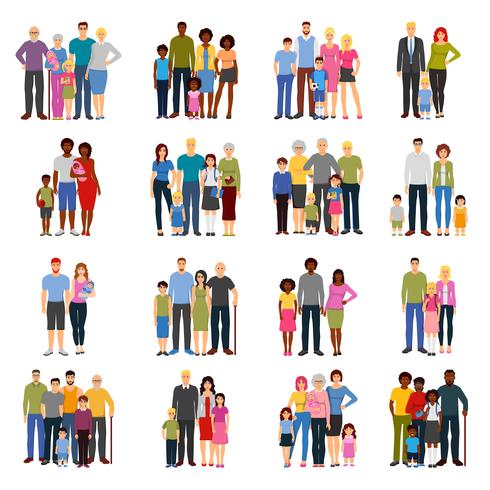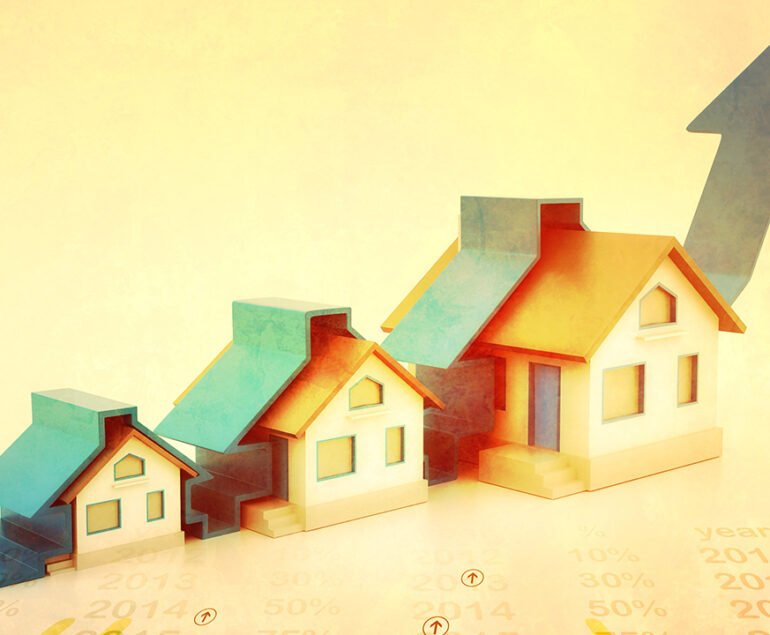
In 2018 the Pew Research Center released a report showing that almost 1 in every 5 Americans lives in a multigenerational home. In fact, the numbers of two or more adult family members living under the same roof increased from 26.8 million in 1960 to 64 million in 2016. Why the increase in this type of living arrangement?
Generally, two reasons prompt the move to a home that can accommodate this type of family living. It either comes down to cost savings or a way for families to provide help to aging parents. Since the average life expectancy in the United States is 78 years old, this concern has become more of an issue. Children want to take care of their aging parents or just want to spend time together.
The benefits of being part of a multigenerational household extend to both grandchildren and grandparents: The University of Oxford did a study that found that children who are close to their grandparents have fewer emotional and behavioral problems and are better able to cope with traumatic events in their lives. Boston College reported on a study that revealed emotionally close ties between grandparents and adult grandchildren reduced depressive symptoms in both groups.
This is not to say that there are no challenges in this type of living arrangement. It may be difficult to meet privacy needs, and responsibilities regarding chores and financing can cause issues if they are not discussed before the move.
Besides the reasons stated above, some other factors that prompt the move to this housing arrangement include college grads who find it difficult to pay for their own apartment and still pay off education loans; millennials who “fail to launch”; immigrants who find living together as a blended family a natural way of life; suddenly single parents who need help starting over; and finally, some people just love the idea of living with family.
Whatever the reason for multigenerational living, today’s house seeker has an increased likelihood to consider this option when shopping for their next home.


